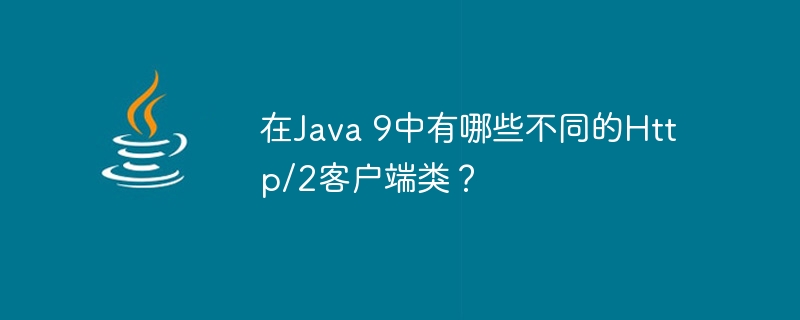

Http/2 is a newer version of the Http protocol. Improvements to Http/2 include attention to how data is constructed and transferred between the server and client. In this new version of the Http/2 protocol, separate classes are defined for Httpclients, requests, and responses. The new API makes Http connections easier to maintain, faster, and enables more responsive applications without the need for third-party libraries.
The new API handles HTTP connections through three classes.
In the code snippet below, we need to send a request to a specific URL and receive the response.
<strong>// Create an HttpClient object </strong>
<strong> HttpClient </strong>httpClient = <strong>HttpClient.newHttpClient()</strong>;
System.out.println(<strong>httpClient.version()</strong>);
<strong>// Build a HTTPRequest
</strong><strong> HttpRequest </strong>httpRequest = HttpRequest.newBuilder().uri(new URI("https://www.tutorialspoint.com/")).<strong>GET</strong>().build(); <strong>// create a GET request for the given URI</strong>
<strong>Map</strong><strong><String, List<String></strong>> headers = httpRequest.headers().map();
headers.forEach((k, v) -> System.out.println(k + "-" + v));
<strong>// Send the request
</strong><strong> HttpResponse </strong>httpResponse = httpClient.<strong>send</strong>(httpRequest, HttpResponse.BodyHandler.asString());
<strong>// Output the body of the response
</strong> System.out.println("Response: " + httpResponse.<strong>body()</strong>);The above is the detailed content of What are the different Http/2 client classes in Java 9?. For more information, please follow other related articles on the PHP Chinese website!
 What does Taobao b2c mean?
What does Taobao b2c mean?
 What should I do if gpedit.msc cannot be opened?
What should I do if gpedit.msc cannot be opened?
 How to type double quotes in latex
How to type double quotes in latex
 What to do if the Chinese socket is garbled?
What to do if the Chinese socket is garbled?
 Solution to java code not running
Solution to java code not running
 The core of computer system software
The core of computer system software
 The difference between vue2 and vue3 two-way binding
The difference between vue2 and vue3 two-way binding
 Reasons for dns exception
Reasons for dns exception




